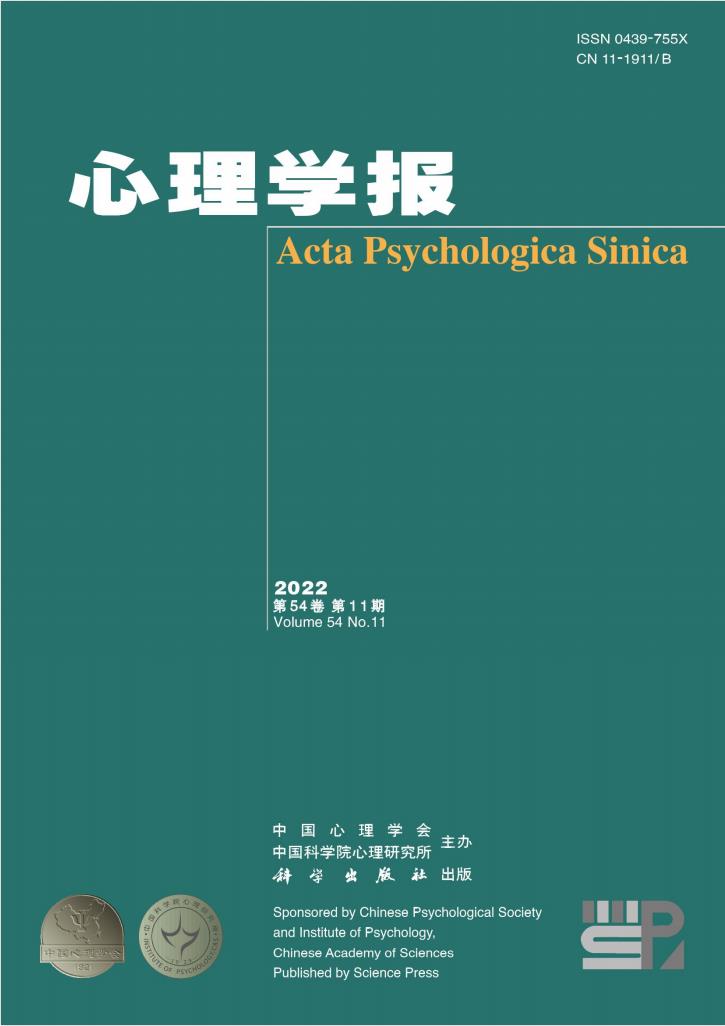小学生害羞预测与语言风格模型构建
IF 1.3
4区 心理学
Q3 PSYCHOLOGY, MULTIDISCIPLINARY
引用次数: 3
摘要
本研究旨在以1306篇小学生网络写作文本为研究对象,探索一种新的羞怯测量方法。使用监督学习方法将学生的标签(由他们的尺度结果标记)与他们的文本特征(基于心理词典从在线写作文本中提取)映射到一起,以构建机器学习模型。构建不同羞怯维度的关键特征集,并基于所选特征构建机器学习模型,实现自动预测。这些标签是通过小学生在线完成的“全国学童羞怯量表”获得的。该量表包括害羞的三个维度:害羞行为、害羞认知和害羞情绪。每个维度的z分数超过1的学生被标记为害羞,其他学生被标记为正常。学生的在线写作文本收集自“TeachGrid”(https://www.jiaokee.com/),这是一个学生写作的在线学习平台。本研究使用的词典是基于语言调查和字数统计(LIWC)开发的广泛使用的汉语心理词典Textmind。这部词典主要是根据成年人的语料库编纂的。为了保证提取特征的有效性,我们对原词典进行了修改,扩展了小学生真实写作文本的类别和词汇。修订后的词典有118个分类。害羞个体的基于卡方句和社交词频率低于正常个体),并且存在某些特征反映了某些维度的独特性(感知词预测害羞行为,反映了高害羞行为个体经常感到被关注)。基于选择的特征,使用Python 3.6.2构建决策树、随机森林、支持向量机、逻辑缝线回归、k近邻和多层感知机6种预测模式。总的来说,随机森林在本研究中取得了最好的结果。行为认知和情绪的F1得分分别为0.582、0.552和0.545,显示了基于文本语言自动预测小学生羞怯特征的可行性。词嵌入和深度学习模型的含义将改善最终的预测。本文章由计算机程序翻译,如有差异,请以英文原文为准。
Shyness prediction and language style model construction of elementary school students
The present study aimed to explore a new method of measuring shyness based on 1306 elementary school students’ online writing texts. A supervised learning method was used to map students' labels (tagged by their results of scale) with their text features (extracted from online writing texts based on a psychological dictionary) to build a machine learning model. Key feature sets for different dimensions of shyness were built and a machine learning model was constructed based on the selected feature to achieve automatic prediction. The labels were obtained through “National School Children Shyness Scale” completed online by elementary students. The scale includes three dimensions of shyness: shy behavior, shy cognition and shy emotion. Students with Z-scores of each dimension over 1 were labeled as shy and others were labeled as normal. Students’ online writing texts were collected from "TeachGrid" (https://www.jiaokee.com/), an online learning platform wherein students writing texts. The dictionary applied in the present study was Textmind, a widely used Chinese psychological dictionary developed based on Linguistic Inquiry and Word Count (LIWC). The dictionary was compiled mainly based on the corpus of adults. To ensure the validity of extracted features, we modified the original dictionary by expanding the categories and vocabulary with the real writing text of elementary students. The revised dictionary contained 118 categories. based Chi-square sentence and the frequency of social words of shy individuals were less than that of normal counterparts.), and there were certain features reflected the unique characteristics of certain dimension (Perception words predicted shy behavior reflecting that high shy behavior individuals frequently felt being watched). Based on the selected features, Python 3.6.2 was used to construct the six prediction modes: Decision Tree, Random Forest, Support Vector Machine, Logistic Stitch Regression, K-Nearest Neighbor and Multilayer Perceptron. Overall, random forests have achieved the best results in the present study. The F1 score was 0.582, 0.552 and 0.545 for behavior cognition and emotion showing the feasibility of automatically predicting shyness characteristics of elementary school students based on textual language. The implication of word embedding, and deep learning models would improve the final prediction.
求助全文
通过发布文献求助,成功后即可免费获取论文全文。
去求助
来源期刊

心理学报
Psychology-Psychology (all)
CiteScore
1.70
自引率
13.30%
发文量
1612
期刊介绍:
Acta Psychologica Sinica (ISSN 0439-755X) is a scholarly journal sponsored by the Chinese Psychological Society and the Institute of Psychology, Chinese Academy of Sciences, and published monthly by the Science Press.
Acta Psychologica Sinica has been included in many important national and international indexing systems such as SCOPUS (Elsevier), ESCI (Web of Science), PsycINFO (APA), CSCD. It is the flagship journal of the Chinese Psychological Society that publishes peer-reviewed original empirical studies and theoretical articles spanning the entire spectrum of scientific psychology.
Acta Psychologica Sinica publishes high-quality research that investigates the fundamental mechanisms of mind and behavior and aims to deliver scientific knowledge to enhance our understanding of culture and society. It welcomes submissions of manuscripts reporting research that is up-to-date, scientifically excellent, and of broad interest and significance.
 求助内容:
求助内容: 应助结果提醒方式:
应助结果提醒方式:


